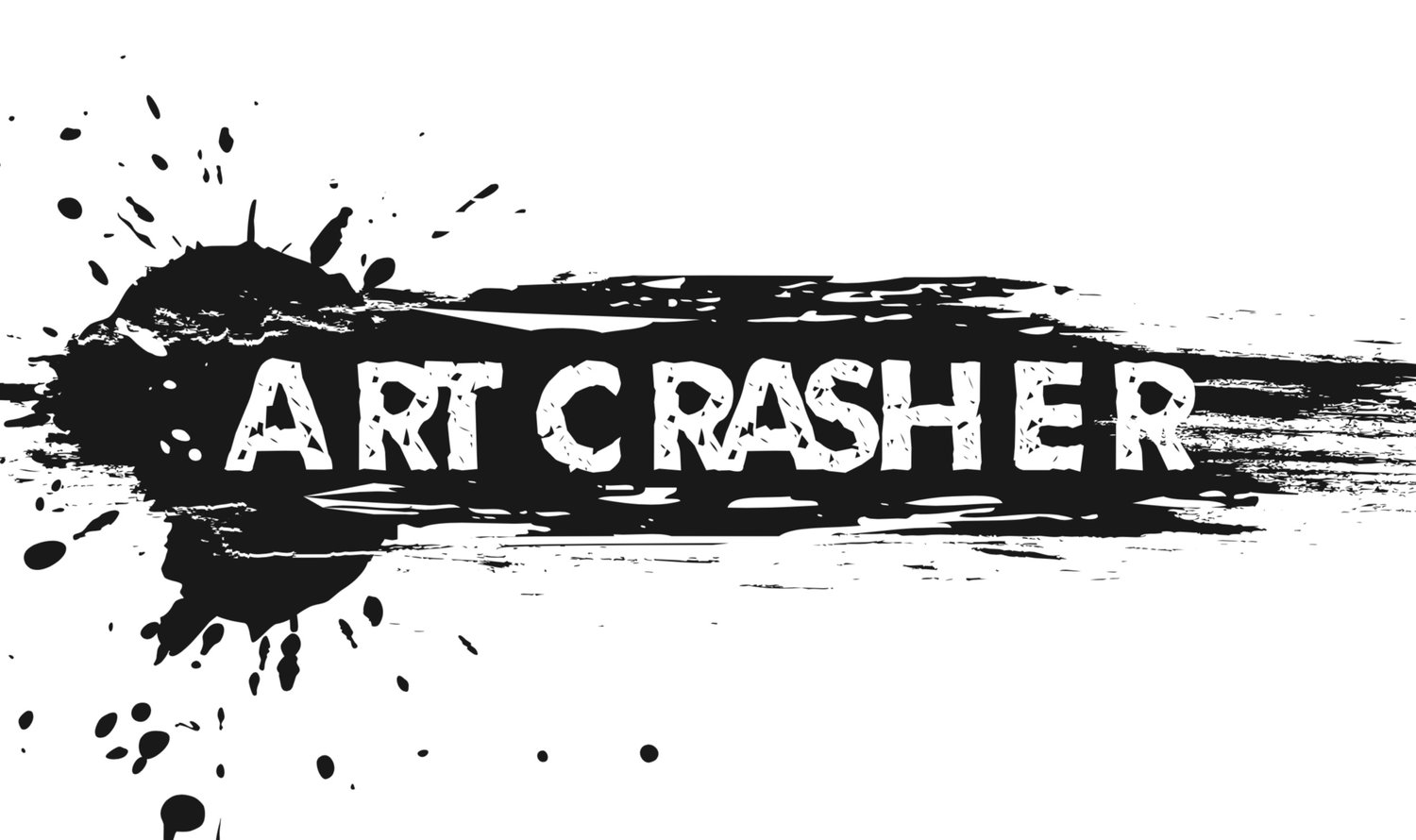War Stories: An Interview with War Photographer Zoriah Miller
- "Its always the people on the ground who have to live through the pain, not the people who make the decisions"
Zoriah Miller first witnessed the severity of war in 2006. He found himself in the Gaza Strip, renting a room with a local family in an infamous militant neighborhood. He woke up "in the middle of the night to bomb blasts and screaming.The shelling was so close that it actually was knocking plaster off the ceiling down onto my bed. It was a miserable experience and showed me that there really is nothing worse than war".
Miller is a war photographer. In many ways he feels as though he didn't choose war photography as a career but rather war photography chose him. "I honestly never wanted to be a war photographer, I still don't actually".After studying disaster management and humanitarian aid and getting experience in those fields, he "ended up really hating how large aid organizations were operated. After the social and humanitarian work I knew that it was important to try to show the world the horrors of what goes on in war." After this personal realization, he bought a plane ticket and a used digital camera. He spent the next two years in Asia photographing social and humanitarian issues.
His mission to share stories from the battle fields through the lens of his camera hasn't come without risks. "I have actually had quite a lot (of close calls), which is why I don't do as much conflict work as I used to. One that (sticks out) the most is a suicide bombing outside of Fallujah, Iraq. I was supposed to photograph a city council meeting with US Marine corps and local government officials. It sounded incredibly boring so (I) ended up going out with the security team on the streets outside of the meeting. A suicide bomber went into the meeting and detonated himself killing around thirty people..."
While the most extreme challenges of war photography are faced in areas of conflict, frustrating limitations often await at home as well. Wartime censorship is a dilemma which slaps war photography with a backhand. Wartime censorship is the prevention of disturbing painful thoughts or feelings from reaching consciousness except in a disguised form. It attempts to minimize the consequences of war and limit the amount of knowledge released to the public about a conflict. During the Iraq War, the Bush administration implemented wartime censorship by banning media coverage of the hundreds of thousands of coffins of fallen soldiers returning home from Iraq. When asked about wartime censorship, Miller provides perspectives that are thought-provoking. "It is important to remember that news is an industry that exists to make money and they make their decisions based on what they think is safe and will lead to more sales, not what is actually news.So often times they will go with a "safe" image rather than one that shows the true scope of the situation. The problem is that when publications dumb down their reporting then the general public will never really understand what the situation was actually like. We would constantly hear about soldiers with PTSD during the Iraq war, but no one ever fully understood it because we were never allowed to see the things the soldiers saw. So how can we care for them if we don't know, how can we understand how devastating it is to see these things if we never have..."
His work in News Week, The New York Times and The Wall Street Journal hasn't just removed the blindfold of war for readers. It has also impacted himself and his views on the world. "I have a lot of faith, love and compassion towards my fellow human beings", he shares. "This job has shown me how we are all both incredibly strong and incredibly fragile. It has shown me that the vast, vast majority of humans are truly good...I would not be here if that were not true..."
To see more of Zoriah's work, check out his site here>>.




